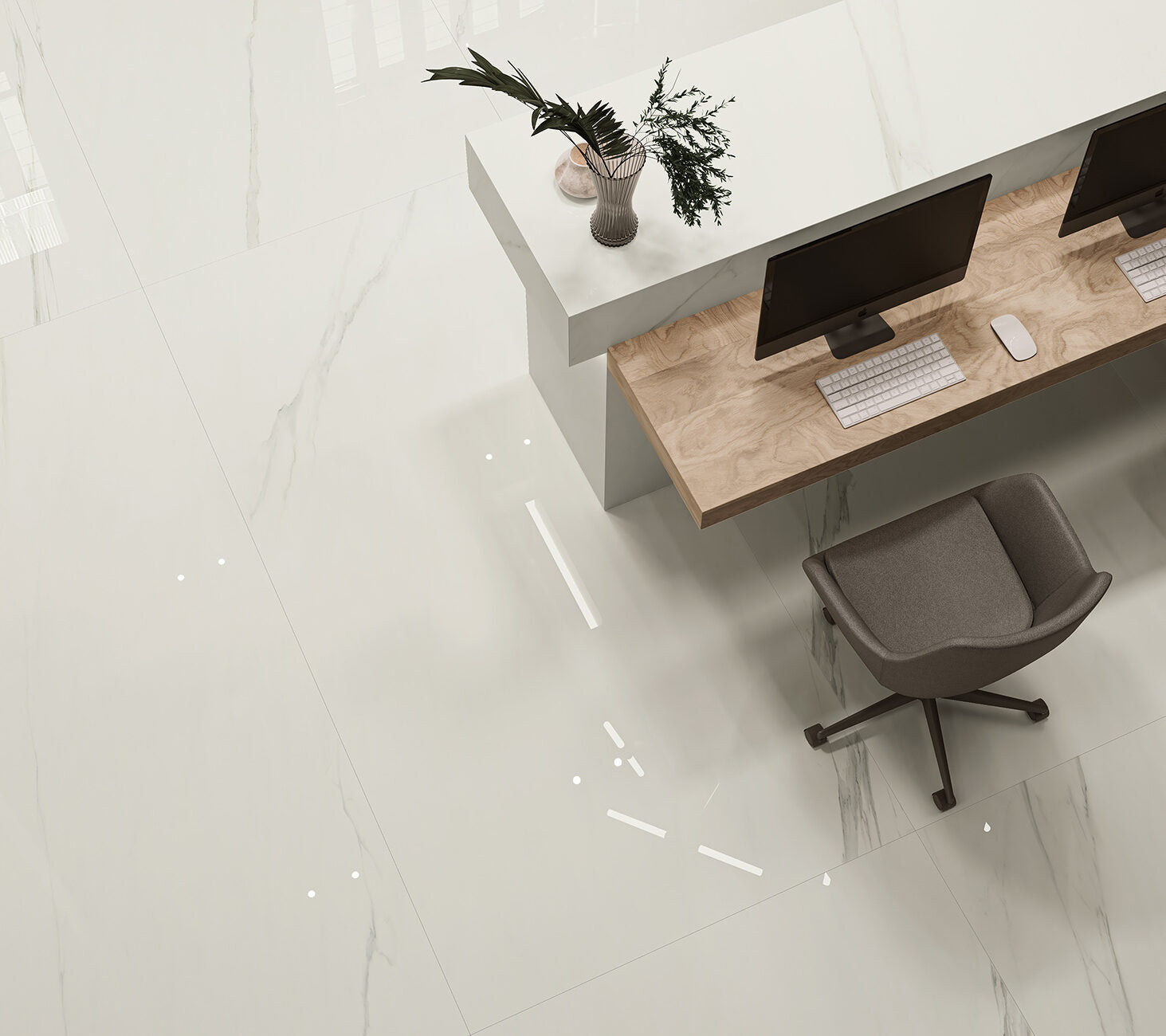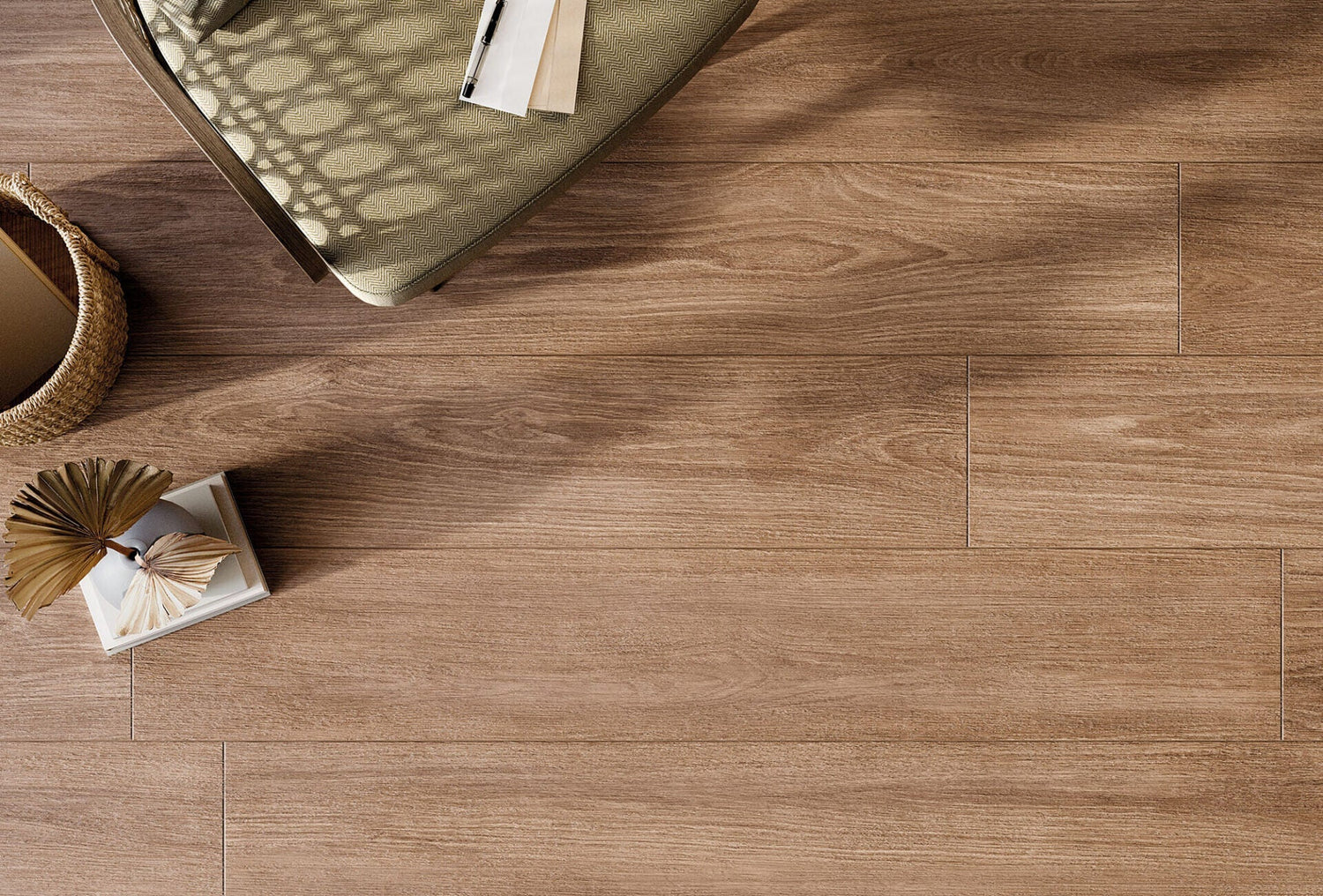Installing tile can dramatically enhance the beauty and functionality of any space, but even minor mistakes can lead to costly repairs and dissatisfaction with the final result. Whether you're a DIY enthusiast or hiring a professional, it’s crucial to be aware of the common pitfalls associated with tile installation. Understanding these issues upfront can save you time, money, and frustration. In this article, we'll explore five common tile installation mistakes and provide in-depth tips to help you avoid them, ensuring your tile project is a success.
1. Inadequate Surface Preparation
One of the most common mistakes in tile installation is failing to properly prepare the surface. Neglecting this crucial step can result in tiles that crack, loosen, or become uneven over time.
The Problem:
If the surface, or substrate, isn’t clean, level, and dry, the tiles won’t adhere properly. Issues like leftover debris, old adhesives, moisture, or uneven flooring can all lead to long-term problems like tiles lifting or cracking.
How to Avoid It:
- Start with a clean surface: Before you even think about laying tile, make sure the surface is free of dust, dirt, and debris. Vacuum or sweep thoroughly, and use a damp cloth to pick up any fine particles.
- Ensure the surface is level: Use a leveling tool to check for any bumps or dips. If the surface isn’t perfectly flat, use a self-leveling compound to smooth it out.
- Address moisture issues: Especially in areas like bathrooms, it’s essential to apply a waterproofing membrane or backer board before laying the tile. This will prevent moisture from seeping in and causing problems.
- Prime porous surfaces: If you’re tiling over concrete or other porous materials, using a primer will help the adhesive bond more effectively.

2. Using the Wrong Adhesive or Mortar
Selecting the right adhesive is just as important as choosing the right tile. Using the wrong adhesive can lead to poor tile adhesion, resulting in loose or shifting tiles.
The Problem:
Different tiles require different adhesives. For example, porcelain tiles are dense and require a stronger, modified thin-set mortar, while ceramic tiles may work with a standard adhesive. Using the wrong adhesive could mean your tiles won’t bond properly.
How to Avoid It:
- Match the adhesive to the tile type: For porcelain tiles, always use a latex or polymer-modified thin-set mortar for a stronger bond. Ceramic tiles typically work with a standard thin-set adhesive, but consider using stronger adhesives in high-traffic areas.
- Consider the environment: In bathrooms, kitchens, or outdoor areas, use waterproof or weather-resistant adhesives designed for those specific conditions.
- Follow manufacturer guidelines: Always check both the tile and adhesive manufacturer’s instructions to ensure you’re using compatible products.

3. Improper Tile Layout and Planning
A well-thought-out layout is key to a professional-looking tile installation. Failing to plan your layout ahead of time can lead to uneven lines, awkward cuts, and a visually unbalanced finish.
The Problem:
Without proper planning, you may end up with uneven grout lines, tiles that don’t align with walls or features, or worse, thin and unsightly slivers of tile near the edges of the room.
How to Avoid It:
- Measure and mark your space: Before you apply any adhesive, measure the area carefully and use chalk lines to mark straight guidelines. This will help keep your tile rows straight.
- Dry-lay your tiles first: Arrange your tiles on the floor without adhesive to visualize the layout. Adjust the position to ensure even cuts along the edges and avoid ending up with tiny, awkward pieces.
- Start from the center: For most installations, it’s best to start tiling from the center of the room or focal point, like a backsplash, and work your way outward. This helps ensure a balanced look with equal-sized tiles along the edges.

4. Incorrect Grout Application
Grouting may seem like a straightforward task, but applying grout incorrectly can result in unsightly lines, cracking, or even water damage.
The Problem:
Grouting too soon after tile installation, using the wrong type of grout, or not cleaning up excess grout properly can all lead to poor results.
How to Avoid It:
- Allow adhesive to dry fully: Wait 24-48 hours for the adhesive to cure before applying grout to avoid disturbing the tiles.
- Choose the right grout for your project: For larger grout joints, use sanded grout, while unsanded grout is better for joints smaller than 1/8 inch. In moisture-prone areas, make sure the grout is mold-resistant and waterproof.
- Apply grout evenly: Use a rubber grout float to press the grout into the gaps, holding the float at a 45-degree angle. Make sure each joint is fully filled for a clean, professional look.
- Clean excess grout right away: Wipe away excess grout with a damp sponge before it dries. Be gentle, so you don’t pull grout out of the joints while cleaning.

5. Neglecting Expansion Joints
Tiles, especially large-format tiles, expand and contract with temperature changes. Without expansion joints, this movement can cause the tiles to crack or buckle.
The Problem:
If expansion joints are overlooked, tiles will press against each other or surrounding walls as they expand, leading to cracks or tiles popping up.
How to Avoid It:
- Leave room for movement: Always leave a small gap (typically 1/8 to 1/4 inch) around the edges of the room where the tile meets the walls or other fixed structures. This allows the tiles to expand without damage.
- Use flexible caulking: Instead of grout, use flexible caulk in the expansion gaps around the edges to absorb movement. In areas with high foot traffic, or large rooms, consider adding expansion joints within the tiled area itself.
- Plan for large areas: For big spaces or outdoor areas, include expansion joints every 20-25 feet indoors and 8-12 feet outdoors to accommodate temperature fluctuations.

Conclusion
Tile installation is a rewarding project, but attention to detail is critical to avoid costly mistakes. By preparing your surface properly, using the right adhesive, planning your layout, applying grout carefully, and allowing for expansion, you can ensure that your tile project looks beautiful and lasts for years to come. These tips will help you avoid common pitfalls and create a professional-quality finish that will stand the test of time.






1 comment
Great insights! Common tile installation mistakes like poor surface prep, skipping spacers, uneven adhesive application, rushing grout, and ignoring layout planning can really impact the final result. Taking time to avoid these ensures a durable, beautiful tile job every time!